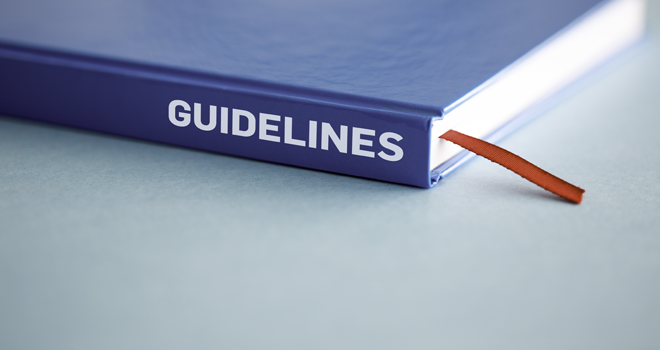The Competition Commission has recently published draft Guidelines for Competition in the South African Automotive Aftermarket Industry. The aftermarket is the auto industry’s after-sales market and includes vehicle parts, equipment, replacement tires, service repairs, collision repairs and accessories sold after the sale of the original vehicle.
Transformation has long been a bone of contention in this highly competitive market, and will now come under the spotlight as a result of these draft guidelines.
“The purpose of the guidelines is mainly twofold, namely, to provide guidance to firms on conduct that may fall foul of the Competition Act, and therefore anti-competitive, and to enhance transformation in the industry to foster inclusion,” the Competition Commission shares.
The Commission has in the process engaged with numerous private and public entities to fully understand the competitive dynamics within the automotive aftermarket industry. This process was triggered by numerous complaints from various independent players in the automotive aftermarket industry as well as members of the public.
Some of the competition concerns identified are:
| ● | The exclusion or foreclosure of independent service providers (ISPs) in the markets for the service and maintenance. |
| ● | Mechanical Repairs and Motor-body Repairs of in-warranty motor vehicles. |
| ● | Unclear and allegedly unfair allocation of work by Insurers in the allocation of Motor-body Repairs. |
| ● | Restrictions on the sale of OEM (original equipment manufacturer) branded parts and components to ISPs. |
| ● | High barriers to entry that exclude small and historically disadvantaged persons from becoming authorised dealers. |
| ● | A lack of competition and consumer choice in the sale and fitment of spare parts. |
Section 8 of the Guidelines specifically deals with the promotion of inclusive and fair allocation of repair work by Insurers. Various principles are shared that is “designed to encourage a fair allocation of work amongst Insurer Approved Service Providers and promote inclusivity in the selection of Motor-body Repairers into the Insurers’ Network.”
Click here to download the Guidelines.



